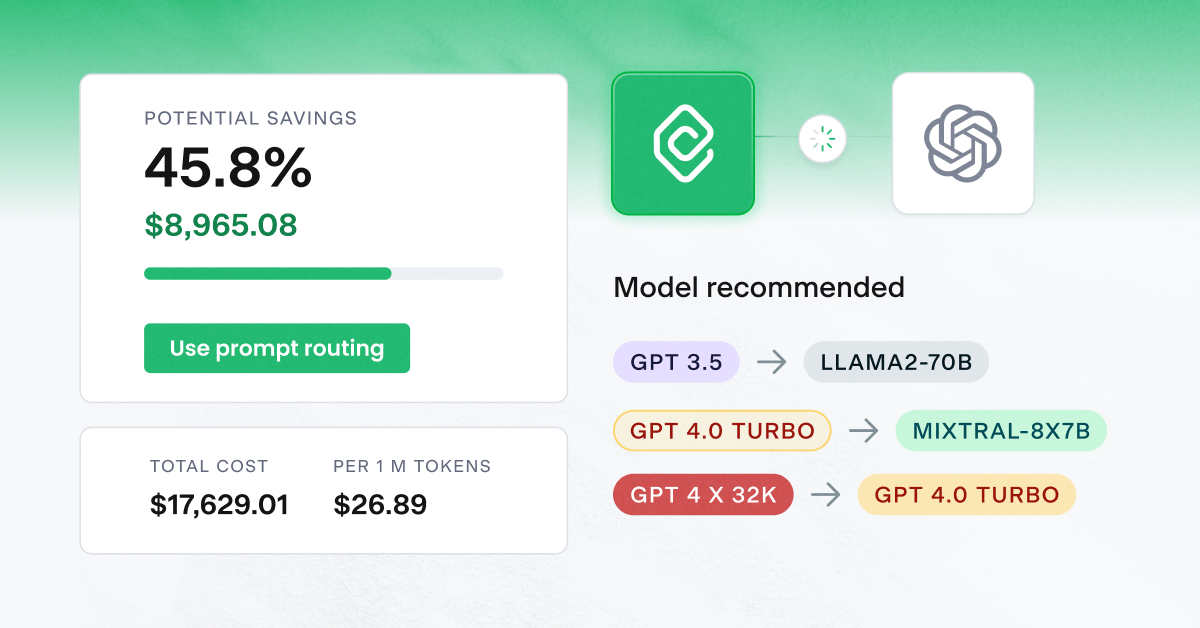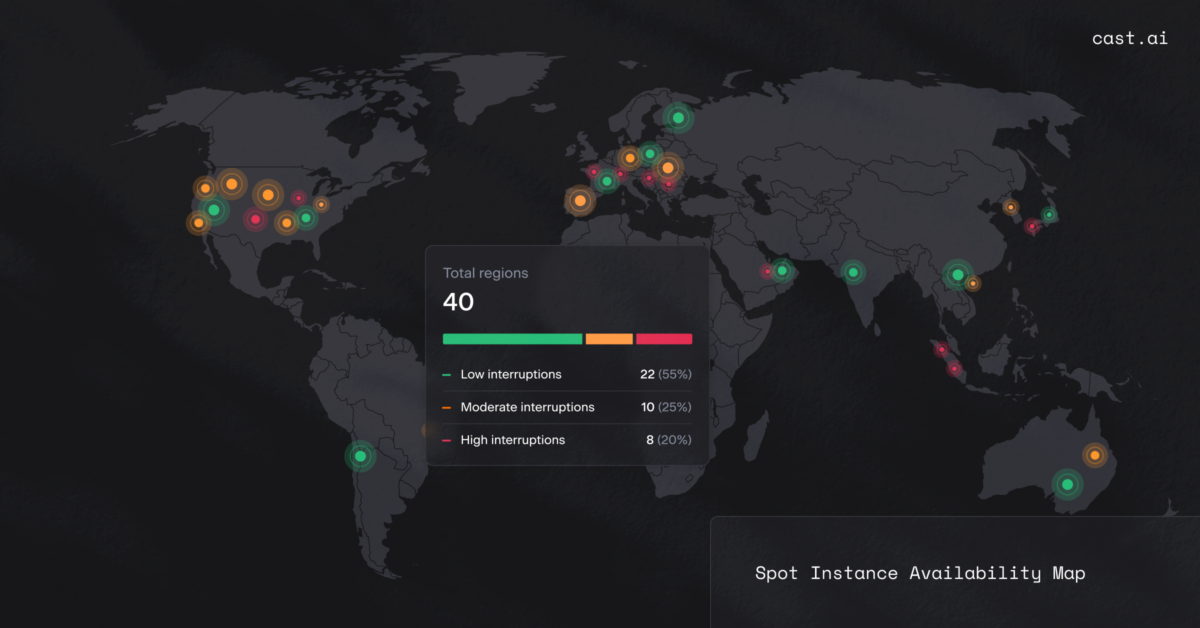In the cloud, all data is stored and retrieved remotely. That’s why a solid Identity and Access Management (IAM) system becomes the most critical point of protecting your company’s assets and resources.

IAM helps to prevent identity-based attacks and data breaches. While all major cloud providers offer Identity and Access Management mechanisms as part of their service, many third-party solutions can also support your efforts in that area.
Read on to learn more about the IAM best practices and plan your cloud migration efficiently.
This is the third part of CAST AI’s cloud migration series – feel welcome to check out our previous posts: Cloud Networking | Secure Cloud Migration
What is Identity and Access Management and why is it important?
Identity and Access Management is a security field that focuses on ensuring that only authorized users can use specific resources on their devices without interference.
IAM involves processes enabling administrators to assign a single identity to the user, authenticate them when they log in, and allow them to use the resources. It also includes monitoring and managing those identities throughout their lifecycle.
As an essential component of enterprise security, IAM helps to prevent compromising user credentials, which are common entry points for cyber attackers. Furthermore, when implemented properly, it enhances business productivity by allowing users to access the necessary assets seamlessly.
Here are five tips to help you guide your IAM efforts and streamline your cloud migration.
1. Identity/Active Directory
Before migrating to the cloud, companies often keep Domain Controllers within their data centers. These controllers get replicated at different sites and locations, but this state is undesirable.
By migrating to the cloud, you can get a single, highly secure source of truth for your enterprise IT systems.
Your cloud deployment should use the default Active Directory services such as Azure AD or AWS Active Directory. It should become the primary identity-driven solution, enabling all users to get access to all related cloud resources and services.
You can then replicate AD directories to data centers and sites to ensure fast end-user response times.
The recommended minimum is to replicate the AD scenario to enable cloud Role Based Access Control (RBAC) and use AD entities for Users, Groups and Roles.
2. Role Based Access Control (RBAC)
Assigning access privileges based on the user’s job or role in an organization can simplify access management.
Instead of assigning access privileges one by one, administrators can control them according to the job requirements. This is possible thanks to implementing Role Based Access Control (RBAC) which can specify whether a particular group or class of users can view, create, or modify resources.
In general, your cloud deployment should follow the principle of least privilege. This means that the user should get access to only the specific resources they need to complete a specific task.
You should grant access explicitly through your cloud provider’s RBAC/Identity and Access Management (IAM) service. You should implement all changes in Infrastructure as Code (IaC) and back them with a GitOps process.
As a rule of thumb, you should create and identify the user in Active Directory before allowing them to access cloud resources. Once established, users can be mapped to a specific set of roles.
Each cloud provider comes with pre-defined sets of roles governing specific operations. For example, AWS defines EC2 roles to manage Virtual Machine assets. It’s best to use these and map them to your particular processes. Ideally, avoid creating custom roles unless the well-defined ones are unavailable or their scope is too broad for your required access.
Moreover, by implementing Active Directory Single Sign-On, you can get all users to pass Multi-Factor Authentication properly. You can add further restrictions with AD controls, such as IP restrictions and User Behavior Analysis.
3. Implement RBAC guardrails
For clarity, all roles in your cloud deployment should remain as restrictive as possible. Users should only have access to resources and groups based on the principle of least privilege.
It’s also good to test how restrictive the roles in your cloud deployment are to guarantee sufficient protection.
4. “Break-Glass” accounts and runbook
There may be emergencies when your AD is down or you need to recreate it in the cloud.
For this scenario, you need to have emergency access accounts in place – the so-called “Break-Glass” user role.
Highly privileged, such emergency accounts don’t belong to specific individuals. They are limited to “Break-Glass”‘ situations when standard administrative accounts can no longer help.
You need to create and test emergency access to the cloud provider to ensure you can recover the most critical technology assets fast. In general, you should limit the use of emergency accounts only to cases of absolute necessity.
5. Privileged Access Management (PAM) solution
Admins or DevOps engineers manage and regularly make changes to apps, databases, and systems that often require low-level access to resources such as VM Hosts.
By default, they need more privileges than other users, so their credentials also demand extra protection, as a compromise could have serious consequences. Teams have traditionally taken care of that through enabling protocols such as SSH (Secure Shell) and RDP (Remote Desktop Protocol).
Since this type of access is sensitive, you must implement controls to prevent users from accidentally or maliciously performing harmful actions. By implementing a Privileged Access Management (PAM) solution, your team can add the required layer of protection for this type of interaction.
Each cloud provider has built-in services to handle these requirements. For example, Azure comes with a Bastion service, while AWS System Session Manager provides SSH-keyless access to hosts strictly governed by cloud IAM and RBAC.
As a minimum, you should implement your cloud provider’s PAM. However, such solutions are typically cloud-specific and do not work well across cloud and data center boundaries.
For multi-cloud and hybrid setups, you can consider third-party PAM solutions, ideally from vendors such as CyberArk, BeyondTrust, and ManageEngine. Once integrated in your cloud deployment, such PAM tools can be enforced for all assets in need of secure access.
Summary
Identity and Access Management is paramount in cloud security as it helps to prevent identity-based attacks and data breaches.
From building a secure single source of AD truth to implementing tight RBAC guardrails, introducing “Break Glass” procedures, and PAM solutions, there are many ways in which you can improve your cloud deployment’s security.
Hopefully the best practices described above will help to guide your efforts and streamline your journey to the cloud.





Leave a reply